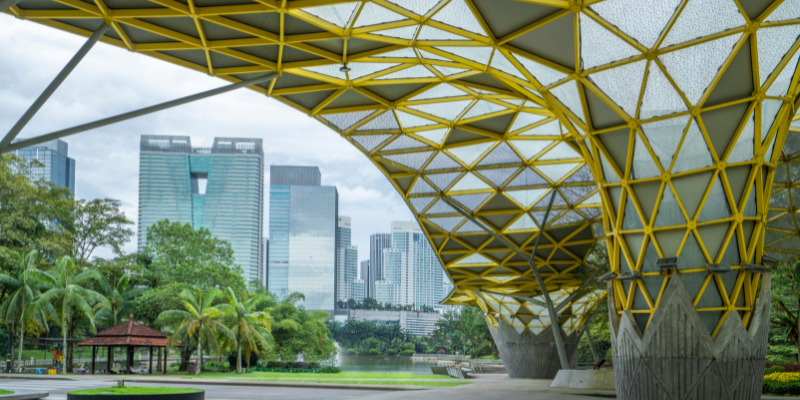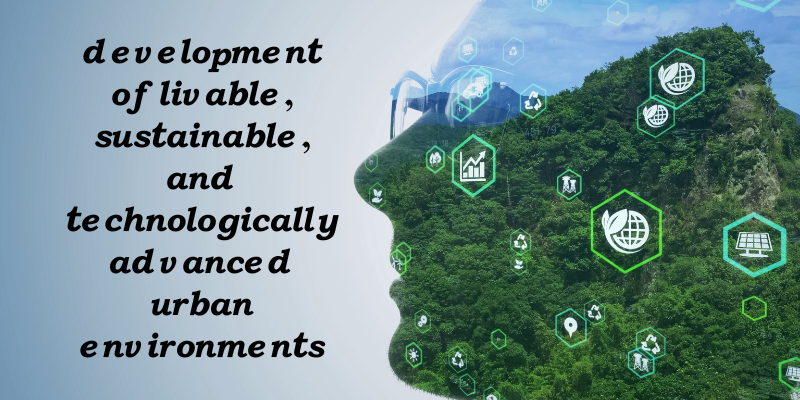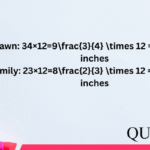In today’s ever-evolving metropolitan landscapes, urban sustainability has become more than a trend—it’s a necessity. At the heart of this transformation is Axurbain, a visionary concept driving the future of smart city development, eco-conscious architecture, and green urban planning. As cities grapple with challenges of overpopulation, pollution, and infrastructure strain, Axurbain emerges as a beacon of innovation, aligning architectural brilliance with environmental responsibility.
What is Axurbain? A Vision Rooted in Smart Urban Development
Axurbain stands as a comprehensive model for the development of livable, sustainable, and technologically advanced urban environments. It combines cutting-edge design methodologies, intelligent transportation systems, renewable energy integration, and community-centric planning. The goal is to craft spaces that do more than just accommodate people—they must enhance life quality, foster inclusivity, and minimize ecological footprints.
Core Pillars of the Axurbain Framework
1. Eco-Responsive Architecture
Axurbain promotes architecture that responds to environmental conditions, using natural elements like sunlight, wind, and water to reduce energy demands. Green roofs, vertical gardens, and passive solar design are integral features. These elements:
-
Lower urban heat islands
-
Improve air quality
-
Reduce building energy consumption
Biophilic design is at the heart of this vision—bringing nature into residential and commercial spaces to promote well-being and mental health.
2. Integrated Smart Technologies
Urban living under the Axurbain model leverages Internet of Things (IoT) technologies to create responsive infrastructure. From smart traffic lights that reduce congestion to sensor-based waste management, the integration of technology leads to:
-
Efficient use of city resources
-
Real-time data collection for urban planning
-
Enhanced safety and mobility
Smart buildings are a vital component, featuring automated lighting, climate control, and energy monitoring, all contributing to reduced carbon emissions.
3. Sustainable Mobility Solutions
Transportation is reimagined in the Axurbain ecosystem. The emphasis is on:
-
Electric public transport networks
-
Cycling highways and pedestrian-first zones
-
Autonomous shuttles and ride-sharing hubs
By prioritizing low-emission and shared mobility, Axurbain minimizes traffic-related emissions and encourages healthy, active commuting.
4. Renewable Energy Infrastructure
Energy systems in Axurbain communities are built to be self-sufficient and clean. Buildings and neighborhoods use:
-
Solar photovoltaic panels
-
Wind turbines integrated into urban furniture
-
Geothermal heating and cooling systems
-
Battery storage and smart grid integration
This decentralized model ensures resilience during power outages, and reduces dependency on fossil fuels.
5. Water Management and Conservation
Axurbain emphasizes intelligent water conservation systems, including:
-
Rainwater harvesting installations
-
Greywater recycling for non-potable uses
-
Permeable pavements and green infrastructure to prevent urban flooding
Cities adopting Axurbain principles ensure that water is used wisely, reused effectively, and managed to withstand droughts and heavy rainfall alike.
Community-Centric Urban Spaces
Axurbain promotes inclusive, engaging, and socially cohesive environments. Urban spaces are multi-use, accessible, and community-driven. Features include:
-
Urban farms and community gardens
-
Modular housing that adapts to changing demographics
-
Public art installations and interactive spaces
-
Mixed-use developments that blend housing, commerce, and recreation
Such design fosters a sense of ownership and participation, leading to safer, more vibrant communities.
Axurbain and Economic Regeneration

Sustainability is not just about the environment; it’s about economic longevity. Cities designed around Axurbain principles encourage:
-
Local entrepreneurship through maker spaces and co-working hubs
-
Circular economy models that reduce waste and extend resource life
-
Green job creation in construction, tech, and renewable sectors
Through eco-innovation and tech-driven industries, Axurbain stimulates long-term economic growth without compromising environmental ethics.
Resilience Against Climate Change and Disasters
Urban centers must withstand the growing threats of climate change. Axurbain integrates:
-
Climate-adaptive materials that tolerate heatwaves, floods, and seismic activity
-
Distributed energy systems to maintain power during blackouts
-
Emergency-ready infrastructure, such as modular shelters and flexible transit routes
These strategies allow cities to bounce back quickly from environmental shocks.
Case Studies: Cities Implementing Axurbain Principles
1. Singapore – The Smart Green Metropolis
Singapore leads the way with vertical forests, rainwater recycling, and AI-powered traffic systems. It exemplifies Axurbain ideals through sustainable urban density and liveability.
2. Copenhagen – Cycle-Centric, Carbon-Neutral
Copenhagen’s bicycle superhighways, wind energy initiatives, and urban farming networks offer a real-world embodiment of Axurbain’s sustainability goals.
3. Masdar City – A Carbon-Free Urban Prototype
Built from the ground up in the UAE, Masdar City is powered entirely by renewables, features driverless electric vehicles, and is designed for climate resilience—an Axurbain blueprint in action.
The Future of Axurbain: Beyond Sustainability
Axurbain isn’t just about today’s sustainability it’s about future-readiness. As AI, robotics, and quantum computing transform cities, Axurbain ensures integration with:
-
Predictive urban planning tools
-
Digital twins for infrastructure simulations
-
Blockchain-based resource tracking for transparency in city systems
This technological foresight secures the long-term viability and ethical evolution of urban environments.
Challenges to Axurbain Implementation
Despite its strengths, deploying Axurbain faces hurdles such as:
-
Policy inertia and lack of political will
-
High upfront investment in smart infrastructure
-
Public resistance to rapid change
However, with international collaboration, public-private partnerships, and education campaigns, these barriers can be overcome.
Conclusion: Embracing Axurbain as the Urban Standard
The future of cities is green, intelligent, and inclusive. Axurbain offers a strategic, actionable, and visionary path toward cities that are not only technologically advanced, but also deeply human-centered. As urban populations swell and planetary limits become increasingly clear, embracing Axurbain is not optional it’s essential.



